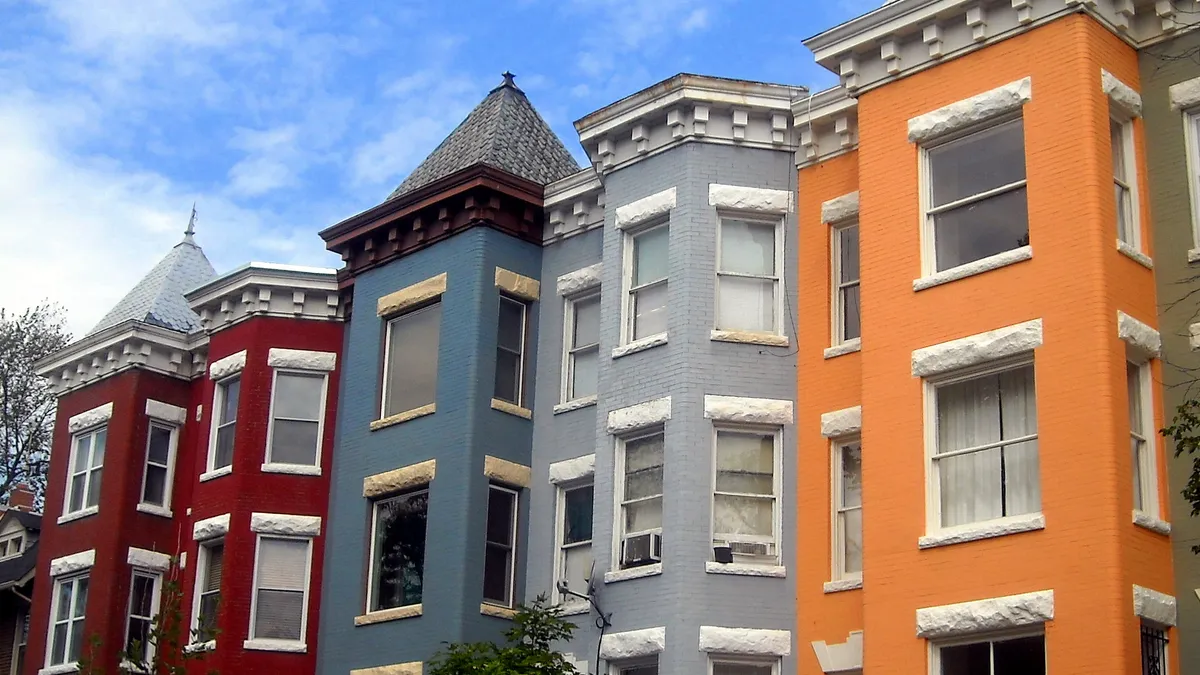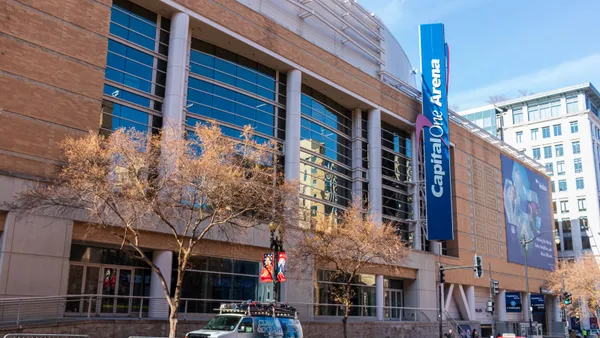Dive Brief:
-
Existing-home sales lifted 1.1% in May to a seasonally adjusted annual rate of 5.62 million from a downward-revised rate of 5.56 million in April, according to the National Association of Realtors.
-
Sales in the category — which includes single-family homes, townhomes, condominiums and co-ops — were 2.7% ahead of a year ago.
- The median existing-home sales price in May was $252,800, up 5.8% from a year ago and representing the 63rd-consecutive month of year-over-year price increases and the highest median sales price to-date. Inventory levels slipped for the 24th month in a row with a 4.2-month supply of unsold properties.
Dive Insight:
Sales activity picked back up in May in response to a strong job market and lowering mortgage rates, NAR Chief Economist Lawrence Yun said in a release. Still, the high competition that's fueling price growth isn't sustainable for the market, he said, and many areas are likely going to continue to see homes go under contract at record speeds this summer as supply lags demand.
In April, economists had pegged the decline in the month's existing-home sales on insufficient inventory levels. And that lack of inventory is weighing on homeowner sentiment. Fannie Mae's monthly Home Purchase Sentiment Index slipped 0.5 percentage points in May, with the net share of Americans who said now is a good time to buy reaching a record low, dropping 8 percentage points. Meanwhile, the net share reporting now is a good time to sell reached an index high, edging up 6 percentage points.
While builder optimism reached its second-highest post-recession reading in May on the back of tight inventory and strong demand, it dropped off in June, according to the latest National Association of Home Builders/Wells Fargo Housing Market Index. The shift in confidence levels follows builders' mounting frustration with their inability to find skilled workers and their struggle find land to build on.
As builders contend with these challenges, inventory levels will continue to be stretched thin. A dip in housing starts is putting the pressure on existing-home inventory, as homeowners looking to trade up to new properties are holding back in fear that they won't find a property to meet their needs before their current home sells. That, in turn, is causing stress on the entry-level segment, as these trade-ups typically free up homes suited for first-time buyers.














